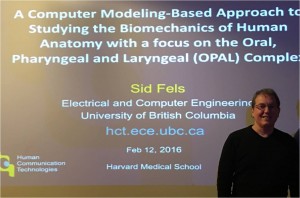According to Dr. Sidney Fels from the University of British Columbia in Canada, computer modeling and simulation of the human body is rapidly becoming a critical and central tool in a broad range of disciplines, including engineering, education, entertainment, physiology and medicine. Detailed geometric models of human anatomy are available for use as instructional aids and providing realistic computer character animation. Dynamic musculoskeletal models are employed in activities ranging from ergonomic analysis to medical research and treatments. Deformable tissue models are used for surgical simulation, and increasingly for other applications as their fidelity improves.
In a conference organized by the Gordon Center, Dr. Fels presented a technology that has the potential of creating dynamic, parametric, multi-scale models of human musculoskeletal anatomy that can be extended to other organ structures and subsystems. To illustrate how this novel technology works, Dr. Fels presented his efforts on modelling the oral, pharyngeal and laryngeal complex to predict functional outcomes, such as chewing, swallowing and speaking.
Dr. Sidney Fels is the Head of the Human Communication Technologies Research Laboratory and a Professor at the Department of Electrical and Computer Engineering at The University of British Columbia, Vancouver, BC, Canada


